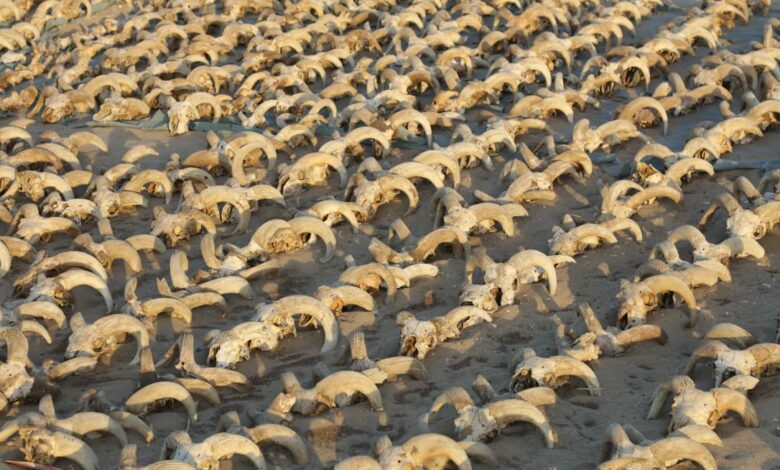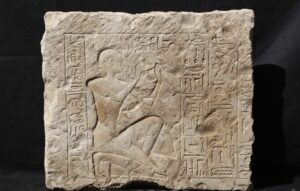
The American archaeological mission affiliated with New York University, working in the area of the temple of King Ramses II in Abydos, Sohag, Upper Egypt, uncovered over 2,000 mummified ram heads dating back to the Ptolemaic era, in addition to a huge building from the Sixth Dynasty.

The Secretary-General of the Supreme Council of Antiquities, Mostafa Waziri, stressed the importance of this discovery, which unveils important details in the life and history of the Temple of King Ramses II in Abydos and the surrounding area, especially in light of the historical importance of this temple.

He added that the discovery contributes greatly to knowing the location of the temple and the life it witnessed for more than two thousand years, from the Sixth Dynasty to the Ptolemaic era.

Waziri added that the mission also uncovered a number of mummified animals next to the heads of rams, including a group of ewes, dogs, wild goats, cows, deer and mongooses, which were found placed in one of the newly discovered storage rooms inside the northern area of the temple.

The head of the mission Sameh Iskandar, indicated that the huge building, which dates back to the era of the Sixth Dynasty, features a unique architectural design distinguished by its thick, huge walls, with a width of about five meters.
This discover will contribute strongly to reconsidering the activities and architecture of the Old Kingdom in Abydos, he said, and about the nature of the activities that took place there before Ramses II established his temple and the annexes that surrounded it.
The head of the Central Department of Upper Egypt Antiquities at the Supreme Council of Antiquities Mohamed Abdel-Badi, said that the mission also succeeded in uncovering parts of the northern wall surrounding the temple and its appurtenances.
This finding will bring about a change in the consensus about the the shape of the temple of King Ramses II and what has been shared among scholars and researchers since it was discovered more than 150 years ago.
Abdel-Badi added that the mission also discovered parts of statues, parts of papyri, remains of ancient trees, clothes and leather shoes.




